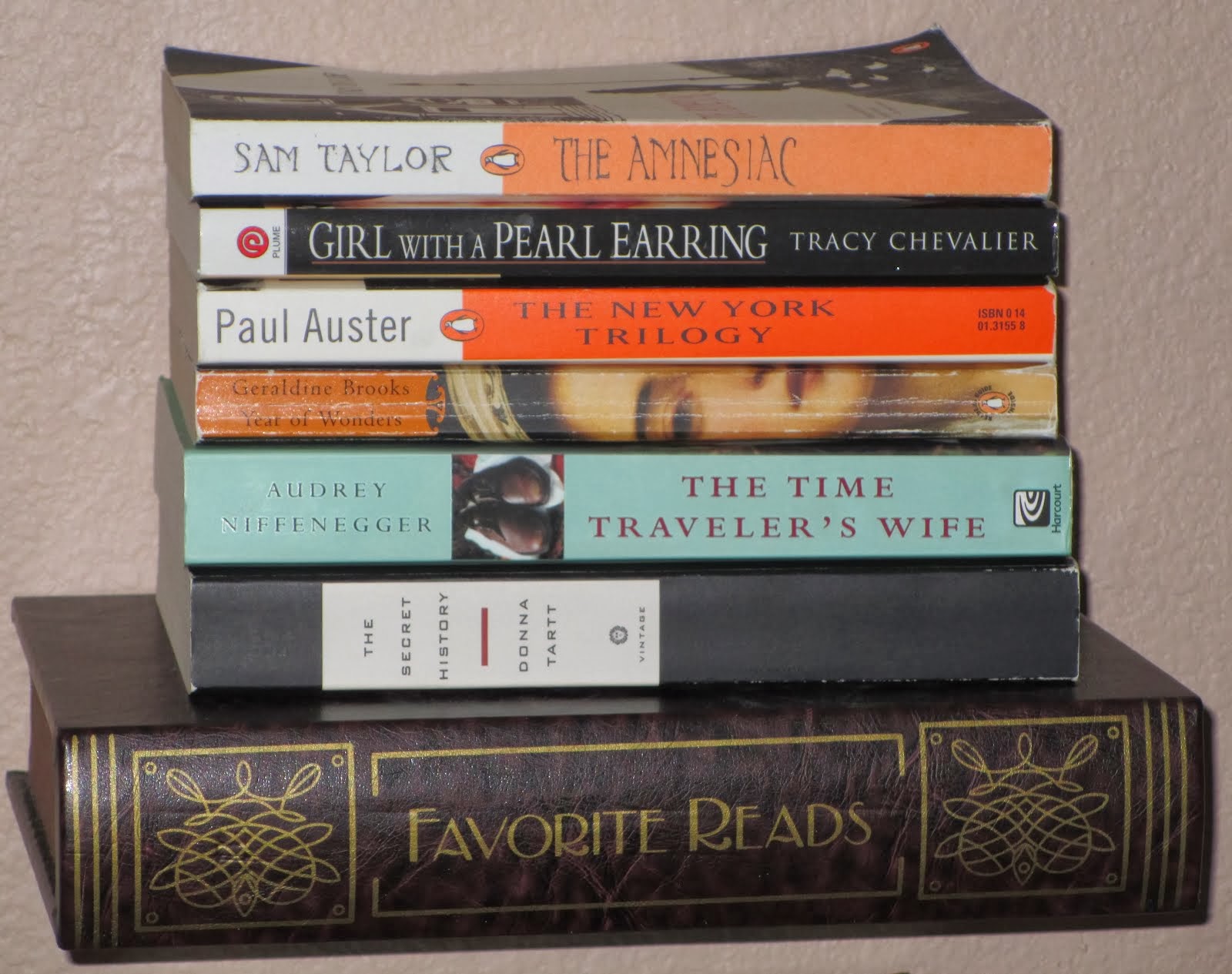I've been familiar with Jackson's short story, "The Lottery," for decades, as it was a staple in school curriculum while I was growing up, but I don't think I've read anything else of hers before now. I watched the 1999 movie adaptation of THoHH when it came out in the theater and was not motivated to read the source material (or was I even aware at the time that it had started as a book?). But recently Bookworm Child convinced me to watch the new TV series on Netflix (which was actually pretty good, apart from the last episode, as it was was way too sweet and neat and . . . heartwarming?? and completely out of tone with the rest of the series) and my Netflix experience made me curious about the book.
So I bought the book as a Christmas gift for Bookworm Child . . . so that I could read it myself. (Because isn't that always the reason we give books to family members? That seems to be why my husband gave me such a great stack of books last month, anyway! Not that I mind; I completely understand. But I digress.) I found it a good story that went by quickly, though I think it was more about madness than haunting. And, as you probably already know, the book couldn't be more different from the Netflix series (apart from a few characters with the same names, and the creepy house). The 1999 movie was much more similar to the book, but even that (or what I remember of it) had its deviations.
In the book, Dr Montague has rented a house with a reputation for being haunted; he wants to gather data on any phenomena that can be observed, and gain renown for the paper he will write about the experience. He has hired free spirit Theodora and shy mousy Eleanor to help, and Luke (nephew of the house's owner) is along as a chaperone of sorts. Over a week that seems to last for years, the four record some odd incidents, but more questions are raised than are answered.
I'd say my biggest criticism of the book was the lack of character development. The four main characters (who'd only just met) would all sit around together and entertain one another with silly fantasies; it would have made complete sense for one (or maybe two) of the characters to have this affectation, but I couldn't suspend disbelief enough to allow all four main characters make a habit of this. It made them seem too similar to each other, as if they didn't have their own voices. And then the characters who did have their own voices (Mrs Montague, Mrs Dudley, Arthur) were unfortunately one-dimensional.
But, you know what, I satisfied my curiosity and enjoyed my time reading. So who am I to complain?
The Bride’s Week #16 – w/e 21/4
4 hours ago


















